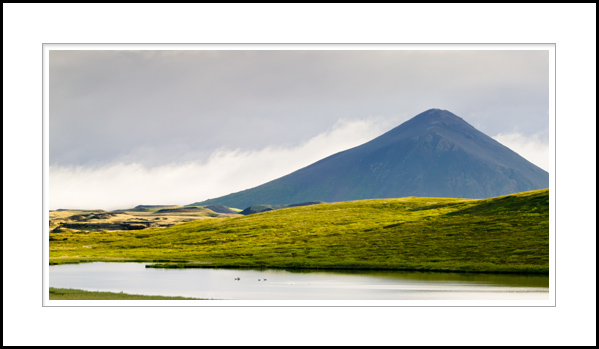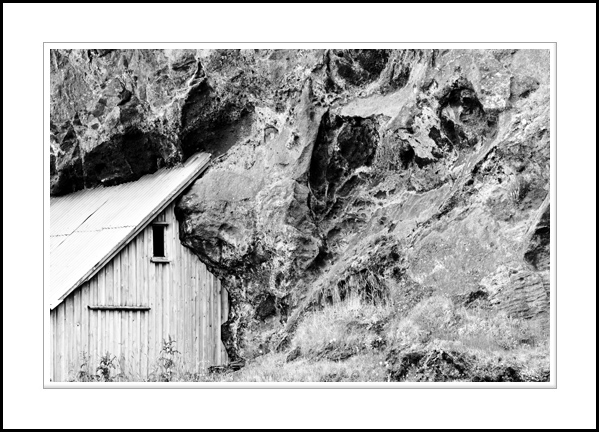Ben Rubinstein
pro member
I went with my wife to Iceland in 2005 for a week's shooting. We lived in a 4X4 for a week booking into a hotel only once and driving some 20 hours a day. I had seen incredible stuff coming out of Icelands landscapes on the net and fancied a piece of the action! The trip was disappointing photographically to be honest though certainly an experience. I ended up with just 7 keepers out of the whole trip. I later realised that I wasn't a landscape photographer by nature, if I didn't have anything to say with my pictures then the pictures pretty much didn't say anything at all. I never deleted the RAW though and certain images which I had seen in my mind when I shot, just never happened due to my lack of ability using the current software to make those pictures happen. The camera was a Canon 1Ds which is still very hard to process for and the RAW programs were far more basic then.
Anyway today I was musing about just how incredible modern software is when playing with the new version of SNS HDR and I wondered if I could ever make those images work that I'd failed with 6 years ago.
Boy but it makes a difference having modern software. The 1Ds RAW files are still a pig to process but I now have the tools to do it and where once cloning out the 140 odd dust spots (no exaggeration) was hours of work, now I can do it in minutes, literally. These following pictures have perhaps 2 or 3 layers maximum each in PS, all the hard grunt work was done in ACR. I'm really happy with the first two, version of pictures that I'd processed to a similar result in the past but which looked horribly ugly at anything but web size due to noise, banding, artifacting, a very significant crop, etc. The 3rd is a picture that I just couldn' t have made in the past without an incredible amount of photoshop tweaking from a RAW file from which it would have been incredibly difficult to extract the available information in the first place.

Landmannalaugar Sunset

Krafla Highway Sunrise

Krafla Steam
Anyway today I was musing about just how incredible modern software is when playing with the new version of SNS HDR and I wondered if I could ever make those images work that I'd failed with 6 years ago.
Boy but it makes a difference having modern software. The 1Ds RAW files are still a pig to process but I now have the tools to do it and where once cloning out the 140 odd dust spots (no exaggeration) was hours of work, now I can do it in minutes, literally. These following pictures have perhaps 2 or 3 layers maximum each in PS, all the hard grunt work was done in ACR. I'm really happy with the first two, version of pictures that I'd processed to a similar result in the past but which looked horribly ugly at anything but web size due to noise, banding, artifacting, a very significant crop, etc. The 3rd is a picture that I just couldn' t have made in the past without an incredible amount of photoshop tweaking from a RAW file from which it would have been incredibly difficult to extract the available information in the first place.

Landmannalaugar Sunset

Krafla Highway Sunrise

Krafla Steam





